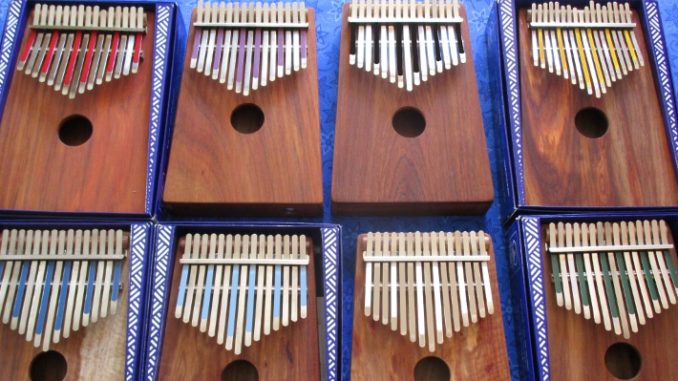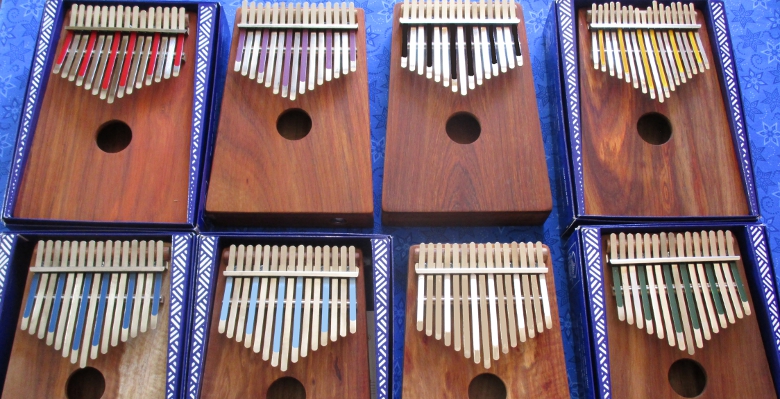
If you play the kalimba long enough, you may notice that some of the tines start to lose their resonance or stop producing sound altogether. These tines are commonly referred to as “dead tines” and can be frustrating for players who are trying to create a clear and consistent sound from their instrument. In this article, we’ll explore what causes dead tines on a kalimba and what you can do to fix them.

What are dead tines on Kalimba?
First, let’s discuss what causes dead tines on a kalimba. There are several factors that can contribute to this issue, including wear and tear, humidity, and improper handling. Over time, the metal tines on a kalimba can become worn or bent, which can cause them to lose their resonance. Additionally, if the instrument is exposed to high levels of humidity, the tines can start to corrode, which can also affect their sound quality. Finally, if the kalimba is not handled properly, such as being dropped or bumped, this can also cause damage to the tines.
So, what can you do to fix dead tines on a kalimba? The first step is to identify which tines are causing the issue. You can do this by playing each tine individually and listening for any discrepancies in sound. Once you’ve identified the dead tines, there are a few different methods you can try to bring them back to life.
You might consider a tine replacement kit.
One method is to gently bend the tines back into place using a pair of pliers. You’ll want to be careful not to apply too much pressure or force, as this can cause the tines to snap or break. Instead, use a light touch and bend the tine gradually until it is straight and in line with the other tines.
Another method is to file down the ends of the tines slightly. This can help to remove any corrosion or buildup that may be preventing the tine from producing sound. Again, be careful not to file too much or too aggressively, as this can damage the tine and make the problem worse.
If the above methods don’t work, you may need to replace the dead tines altogether. You can purchase replacement tines from most music stores or online retailers. To replace the tines, you’ll need to carefully remove the old tines and insert the new ones in their place. This can be a delicate process, so it’s important to take your time and handle the instrument with care.
In conclusion, dead tines on a kalimba are a common issue that can be caused by a variety of factors. By identifying the problem tines and using the appropriate methods to fix them, you can restore your kalimba to its full sound potential. With a little patience and practice, you can enjoy playing your kalimba for years to come.
More Kalimba Articles
Kalimba Tabs
How to Read Kalimba Tabs
What is a Kalimba?
10 Most Famous Kalimba Players
